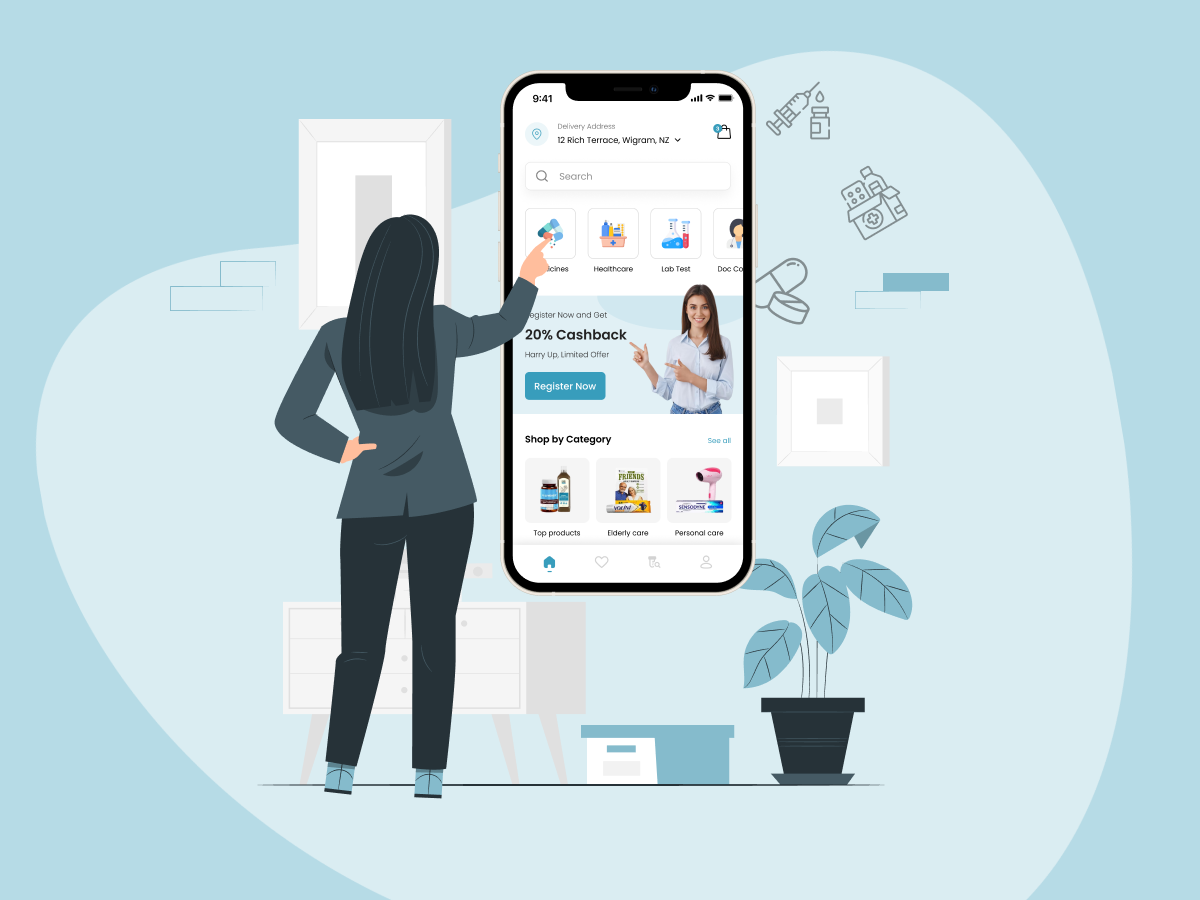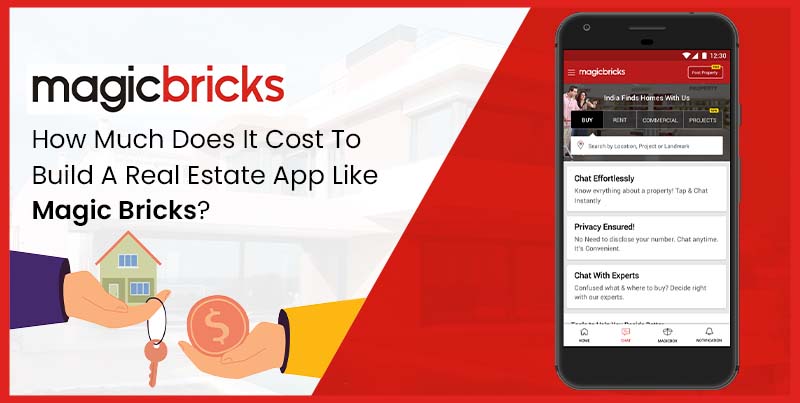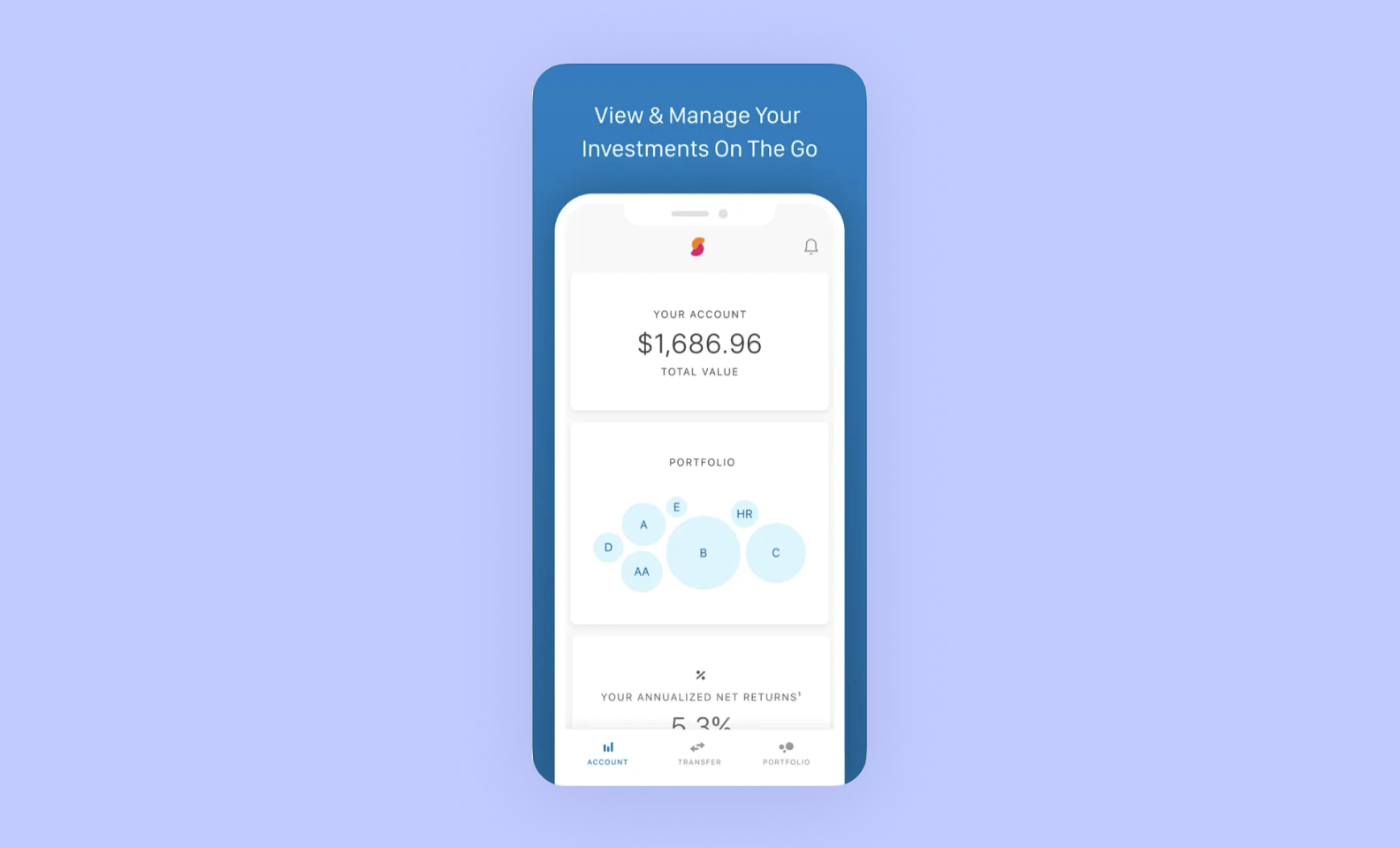In today’s fast-paced world, managing medications can be a significant challenge. From remembering dosage times and tracking refills to understanding potential interactions, the complexities can be overwhelming. This is where medication management apps step in, offering a digital lifeline to simplify and improve adherence.
If you’re looking to tap into this growing need and develop a helpful and impactful mobile application, you’ve come to the right place. This guide will walk you through the essential steps of medication management app development, providing insights and considerations along the way.
Why Develop a Medication Management App?
The demand for effective healthcare solutions is constantly increasing. Medication management apps offer numerous benefits to users, including:
- Improved Medication Adherence: Timely reminders and tracking features help users stay on schedule, leading to better treatment outcomes.
- Reduced Medication Errors: Clear dosage instructions and interaction alerts minimize the risk of mistakes.
- Enhanced Patient Empowerment: Users gain better control over their health and medication regimen.
- Convenient Refill Management: Automated reminders and easy access to prescription information streamline the refill process.
- Better Communication with Healthcare Providers: Some apps facilitate sharing medication logs and adherence data with doctors.
These advantages make medication management apps a valuable tool for individuals managing chronic conditions, elderly patients, caregivers, and anyone looking to stay organized with their medications.
Key Features to Consider for Your App:
A successful medication management app goes beyond simple reminders. Here are some crucial features to consider incorporating:
- Medication Logging: Allow users to easily add and track their medications, including name, dosage, frequency, route of administration, and start/end dates.
- Smart Reminders: Customizable alerts with adjustable frequencies and pre-dose notifications to ensure timely intake.
- Refill Reminders: Notifications when prescriptions are running low, prompting users to request refills.
- Medication Information Database: Integration with reliable drug databases to provide users with information about their medications, including potential side effects and interactions.
- Interaction Checker: A vital feature that alerts users to potential interactions between different medications, supplements, or even food.
- Dosage Tracking: Record when medications are taken (or missed) to help users and healthcare providers monitor adherence.
- Progress Tracking & Reporting: Visual representations of medication adherence and the ability to generate reports for sharing with doctors.
- Multiple User Profiles: Essential for caregivers managing medications for multiple individuals.
- Pharmacy Locator: Integration with maps to help users find nearby pharmacies.
- Secure Data Storage: Robust security measures to protect sensitive health information.
- User-Friendly Interface: An intuitive and easy-to-navigate design is crucial for users of all ages and technical abilities.
- Integration with Wearable Devices: Connecting with smartwatches and fitness trackers can provide passive reminders and data collection.
The Development Process: A Step-by-Step Guide:
Developing a successful medication management app requires a structured approach:
- Market Research and Idea Validation: Analyze existing apps, identify gaps, and define your target audience and unique selling proposition.
- Planning and Requirements Gathering: Clearly define the features, functionalities, and technical specifications of your app.
- UI/UX Design: Create intuitive and user-friendly interfaces and seamless user experiences. Focus on accessibility for diverse users.
- App Development (Front-end and Back-end): Choose your development platform (iOS, Android, or cross-platform) and build the app’s functionalities.
- API Integration: Integrate with drug databases, pharmacy locators, and potentially other healthcare platforms.
- Testing and Quality Assurance: Rigorous testing is crucial to identify and fix bugs, ensuring accuracy and reliability.
- Regulatory Compliance: Understand and adhere to relevant healthcare regulations (e.g., HIPAA in the US, GDPR in Europe) to protect user data.
- Deployment and Launch: Release your app on the relevant app stores.
- Post-Launch Support and Updates: Continuously monitor user feedback, provide support, and release updates with new features and improvements.
Key Considerations for Success:
- Data Security and Privacy: This is paramount. Implement robust security measures and comply with all relevant regulations.
- Accuracy of Information: Ensure the drug information and interaction data are sourced from reliable and up-to-date databases.
- User Experience (UX): Simplicity and ease of use are critical for adoption, especially among older users.
- Accessibility: Design your app to be accessible to individuals with disabilities.
- Partnerships: Consider collaborating with pharmacies, healthcare providers, or insurance companies to expand reach and credibility.
- Monetization Strategy: Determine how you will generate revenue (e.g., premium features, in-app advertising, partnerships).
The Future of Medication Management Apps:
The field of medication management is constantly evolving. Future trends may include:
- AI-powered personalization: Tailored reminders and insights based on user behavior and health data.
- Integration with telehealth platforms: Seamless communication with doctors regarding medication adherence and concerns.
- Smart pill dispensers: Integration with devices that automatically dispense medications at the right time.
- Predictive analytics: Identifying users at high risk of non-adherence and providing proactive support.
Conclusion:
Developing a medication management mobile app in Delhi presents a significant opportunity to make a positive impact on people’s lives. By focusing on user needs, incorporating essential features, prioritizing security and accuracy, and staying abreast of technological advancements, you can build a valuable tool that empowers individuals to take control of their health and improve medication adherence. The journey may be complex, but the potential to build bridges to better health makes it a worthwhile endeavor.




